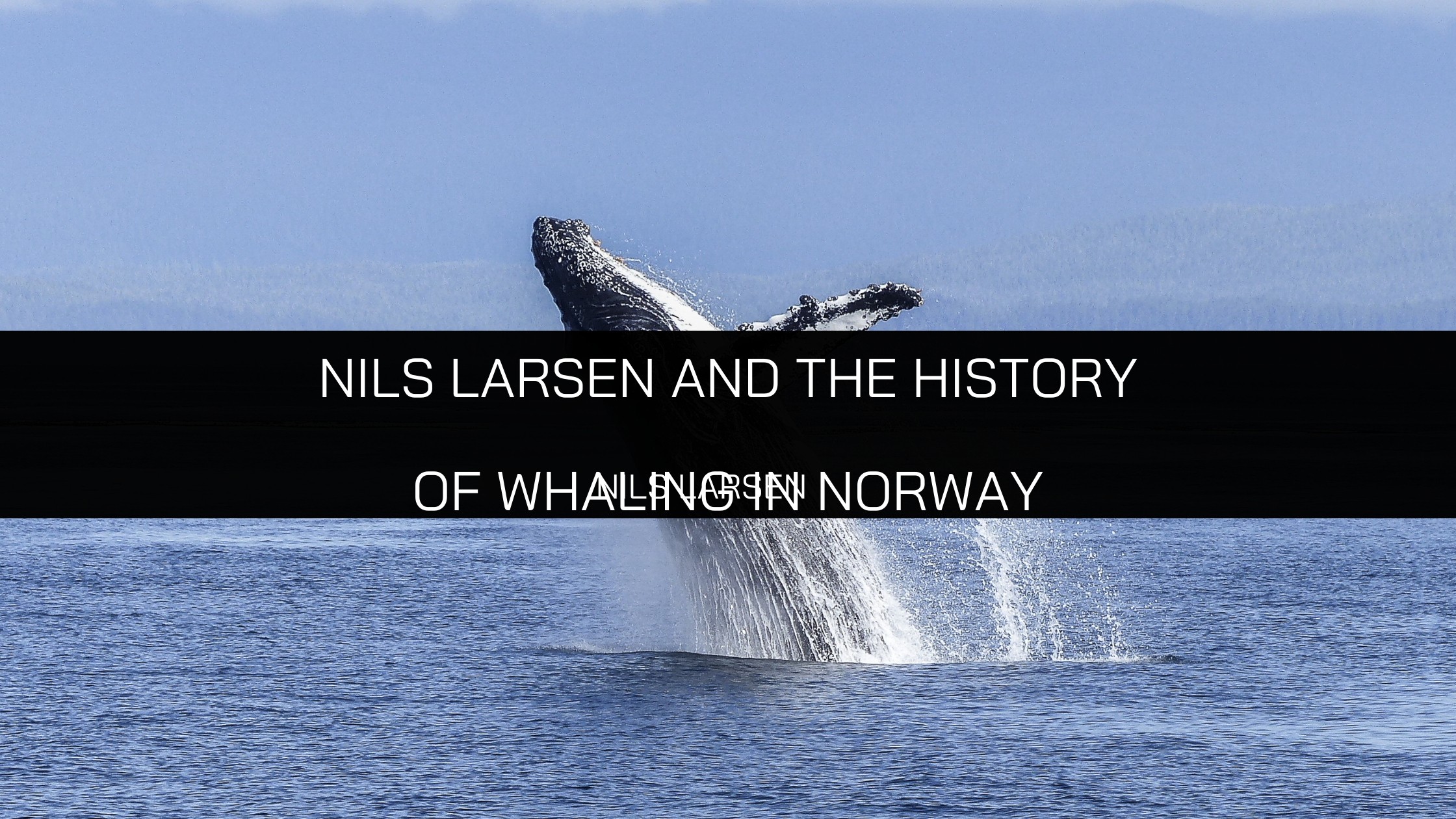
Nils Larsen and the History of Whaling in Norway
Nils Larsen, who lived between 1900 and 1976, was a prominent Norwegian sea captain and whaler. While he is most associated with his expeditions in Antarctica, he is also deeply involved with the controversial history of whaling in Norway.
Nils Larsen was born and raised in Sandar, Norway. From there, he became a noted whaler and captained several whaling ships for Thor Dahl A/S of Sandefjord – a prosperous shipping company. Larsen also served as the first mate to Lars Christensen – a Norwegian whale-ship owner who financed many Norvegia expeditions of Antarctica. It was during these expeditions that Norway annexed of Peter I Island and Bouvet Island. Both of these Antarctic islands were uninhabited and the extremely harsh environment only allowed for very short stays.
Nils Larsen and Whaling in Norway
Whale hunting – or “whaling” – has been a part of Norwegian coastal culture for millennia. The oldest evidence of whaling indicates that natives in Norway were hunting whales as early as the 9th or 10th century. Vikings from Norway innovated whaling methods meant to drive small cetaceans (whales) into the fjords in Iceland where they were more easily caught.
While many restrictions have been placed on whaling globally, some places in Norway continue traditional, sustainable whaling practices to this day.
In Norway, whaling involved the hunting of minke whales for use as animal and human food. In the past, their blubber (or fat) was used to create oil and garnered high prices in trade. Now any minke whales hunted are used locally or exported to Japan, where the meat is considered a delicacy.
Nils Larsen came onto the whaling scene at the height of its popularity and saw it through to its decline in modern times. While traditional whaling was done with spears, Nils Larsen and other early 20th century whalers usually relied on harpoons – a mechanized spear gun that allowed whalers to hunt with never-before-known accuracy. Because the harpoon was launched mechanically it was able to penetrate to much greater depths than human propelled spears, and as a result, whales became much easier prey.
This led to a hunting frenzy that almost wiped out multiple species of whale completely. While there are now more whales than this generation has ever seen, they are nowhere near their pre-whaling populations.
Nils Larsen gave up whaling in favor of the greater thrill and promise of glory offered by Antarctic expeditions. He left his mark on the area and there are several landmarks named after Nils Larsen in the Antarctica area, including Mount Nils Larsen, Mount Nils, and Nils Larsen Glacier.
